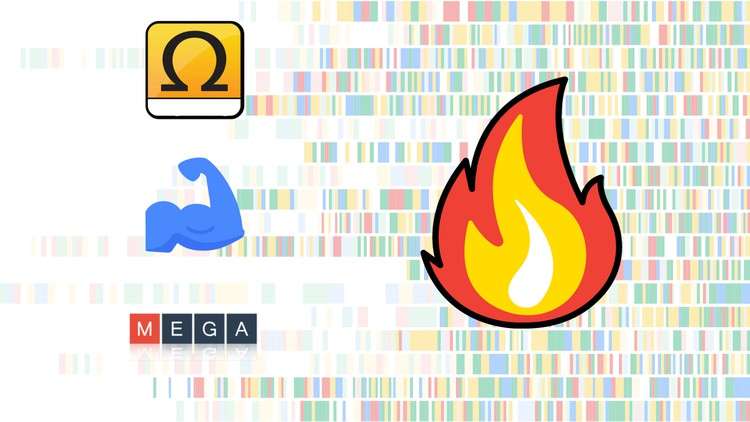
Learn the best of sequence alignment through hands on practice exercises and best instructions.
What you will learn
Understand the basics and importance of sequence alignment.
Learn about different types of sequence alignment: global, local, and semiglobal.
Get familiar with sequence alignment terminology such as gap, match, mismatch, and score.
Gain knowledge about different algorithms used for sequence alignment like Needleman-Wunsch and BLAST
Learn to use popular software tools for sequence alignment such as BLAST and CLUSTALW.
Understand the applications of sequence alignment through case studies.
Get hands-on practice with real-world data sets.
Delve into advanced topics in sequence alignment, including multiple sequence alignment, structural alignment, and gene prediction.
Description
Embark on a journey into the world of sequence alignment with this comprehensive course. This course is designed to provide a thorough understanding of sequence alignment, its importance, and its various types – global and local. You’ll become familiar with key terminology and delve into the intricacies of algorithms used for sequence alignment, such as Needleman Wunsch and BLAST.
The course offers several advantages:
- In-depth Knowledge: Gain an in-depth understanding of sequence alignment, its types, and its significance in biological research.
- Practical Skills: Learn to use popular software tools like BLAST and CLUSTALW, equipping you with practical skills that are highly valued in the field of bioinformatics.
- Real-world Applications: Through case studies, explore the various applications of sequence alignment in biological contexts, enhancing your ability to apply theoretical knowledge to real-world scenarios.
- Hands-on Experience: Get hands-on practice with real-world data sets, providing you with valuable experience that can be applied in your future work or research.
- Advanced Topics: Delve deeper into advanced topics, including multiple sequence alignment, structural alignment, and gene prediction, expanding your knowledge beyond the basics.
The course then takes you further into the fascinating world of sequence alignment. You’ll explore advanced topics, including multiple sequence alignment, structural alignment, and gene prediction. These topics will provide you with a deeper understanding of the field and prepare you for more complex challenges in your future work or research.
Whether you’re a student, a researcher, or a bioinformatics professional, this course offers valuable insights and practical skills. By the end of the course, you’ll have a solid foundation in sequence alignment and be ready to apply your knowledge in various biological contexts. Go Ahead and Enroll Now!, to start your journey into the fascinating world of sequence alignment.
Content